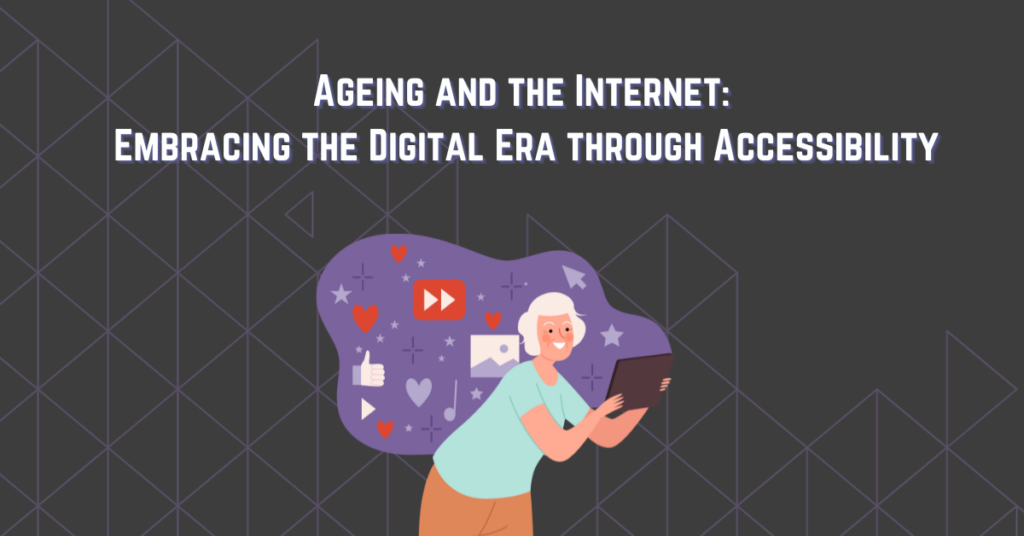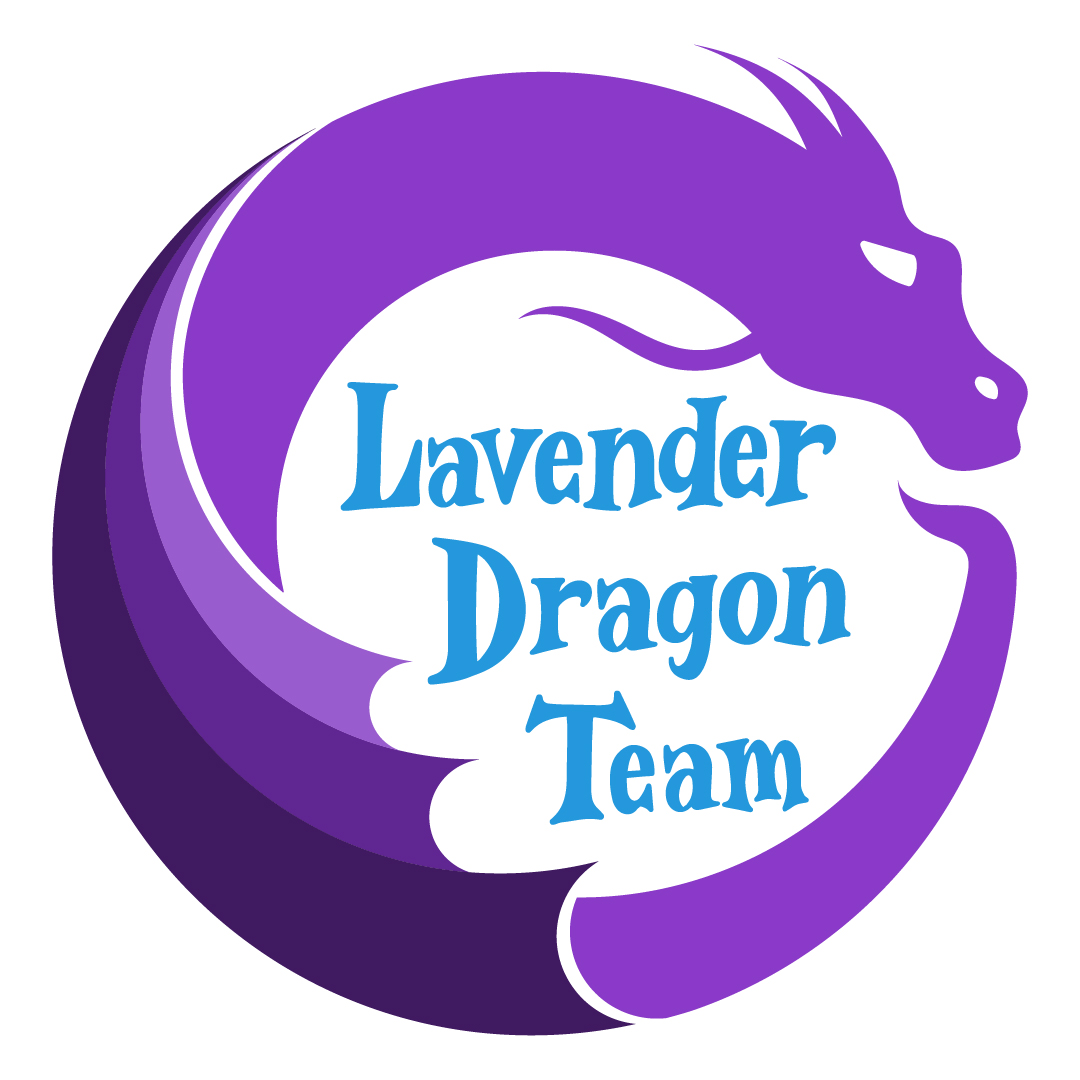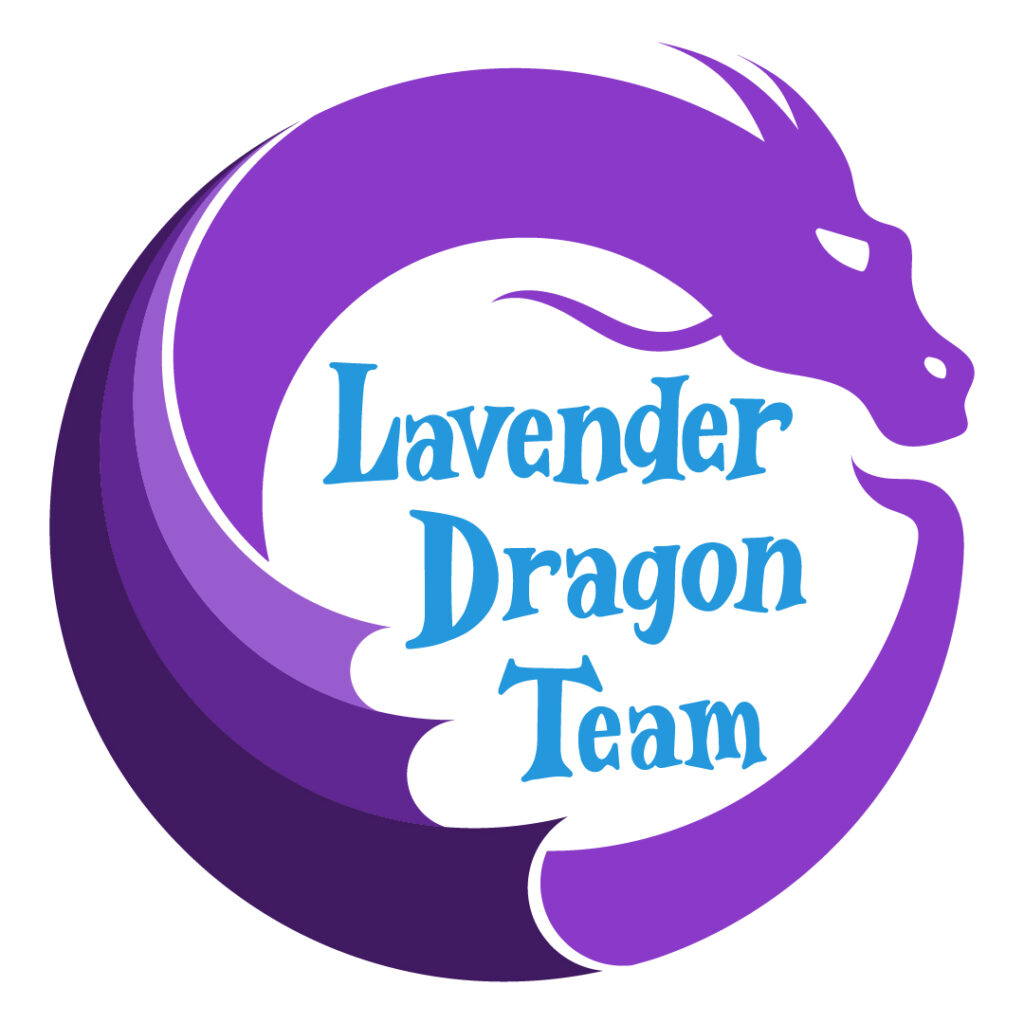
Introduction
Ageing is a journey that all humans embark on, an odyssey that brings a wealth of wisdom, experience, and, more often than not, a few more wrinkles. But as we traverse through the golden years, it’s crucial to remember that ageing should not equate to isolation, especially in a digital age. The internet is a rich tapestry of connections and opportunities, an endless resource of knowledge and resources. However, older adults can sometimes find themselves on the outskirts of this digital landscape. This is where the importance of digital accessibility comes into play, ensuring the web is a welcoming space for people of all ages.
The Intersection of Ageing and the Internet
As our society grows more tech-centric, the digital divide between generations can widen. While the internet has transformed the way we connect, learn, shop, and more, its benefits are often not as accessible to older adults.
Why? Well, age-related changes like declining vision, hearing, mobility, or cognitive abilities can make navigating the digital world challenging. Yet, these challenges should not be roadblocks. They should be signposts, guiding us towards the path of accessibility and inclusivity.
Digital Accessibility for Older Adults
Digital accessibility isn’t just about making the internet usable for older adults; it’s about making it enjoyable, enriching, and empowering. Here are some ways accessibility is making a difference.
User-Friendly Design
User-friendly design is the first step towards bridging the digital gap. This includes features like adjustable text size, high-contrast color schemes, and intuitive navigation structures. They’re small changes, but they can transform a user’s experience.
Voice Recognition Technology
Voice recognition technology is another powerful tool that can assist older adults. It can help those with mobility issues or conditions like arthritis to search the web, write emails, or engage with social media, all through voice commands.
Assistive Technology
Assistive technology, such as screen readers and magnifiers, can aid individuals with visual impairments. Such tools translate the digital content into a format that’s easier for older adults to consume, like audio or large print.
The Benefits of Bridging the Digital Gap
The benefits of digital accessibility for older adults are profound. It can provide a sense of connection, combating feelings of isolation. It can enable continuous learning, ignite new passions, and even provide a platform for older adults to share their wisdom and stories with the world.
Moreover, it can assist with daily tasks, like shopping for groceries, consulting with a doctor, or staying in touch with loved ones. The digital world, when made accessible, can offer independence, engagement, and a sense of belonging.
Final thoughts
Ageing and the internet might seem like two parallel lines, never destined to meet. But with a focus on digital accessibility, these lines can intersect, creating a space where older adults feel welcome, included, and empowered.
In the golden era of our lives, the internet should not be a daunting mountain to climb but a welcoming community where everyone, regardless of age or ability, can connect, explore, and thrive. Accessibility is the key to this inclusivity, ensuring that as we age, we do not just exist in the digital age but truly live in it.
READ: Discovering the Power of Inclusive Social Media Content

